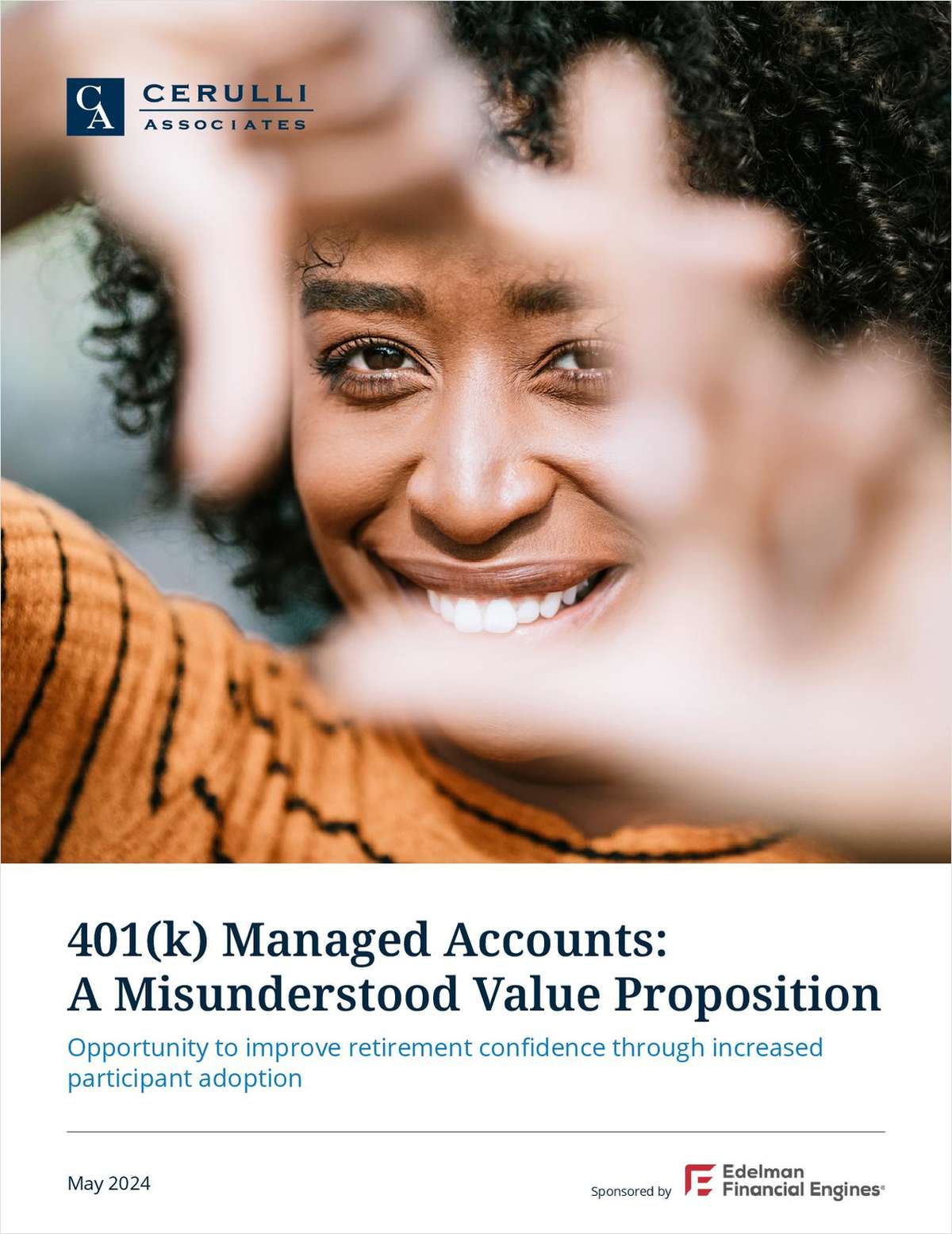I was recently asked about the so-called 4-percent "rule." That's the rule of thumbthat many financial consultants rely on as a formula for how much money can be withdrawn from retirement savings every year (generally adjusted for inflation) without running out of money. Of course, like so many of the "assumptions" about retirement, certainly in the aftermath of the 2008 financial crisis, that withdrawal rule of thumb has drawn additional scrutiny.
At the time, my comment was that the 4-percent guideline is just that – a guideline. What's not as clear is whether adhering to that guideline produces an income stream in retirement that will be enough to live on.
How much are people actually withdrawing from their retirement accounts? At a recent Employee Benefit Research Institute Policy Forum, Craig Copeland, senior research associate at the EBRI, explained that the median IRA individual withdrawal rates amounted to 5.5 percent of their balance in 2010, though he noted that those 71 or older (when required minimum distributions kick in) were much more likely to be withdrawing at a rate of 3–5 percent (in 2008, that group's median withdrawal rate was 7.2 percent, but in 2010, it was 5.2 percent), based on the activity among the 14.85 million accounts and $1 trillion in assets contained in the EBRI IRA Database. Will these drawdown rates create a problem down the road? Will these individual run short of funds in retirement?
Continue Reading for Free
Register and gain access to:
- Breaking benefits news and analysis, on-site and via our newsletters and custom alerts
- Educational webcasts, white papers, and ebooks from industry thought leaders
- Critical converage of the property casualty insurance and financial advisory markets on our other ALM sites, PropertyCasualty360 and ThinkAdvisor
Already have an account? Sign In Now
© 2024 ALM Global, LLC, All Rights Reserved. Request academic re-use from www.copyright.com. All other uses, submit a request to [email protected]. For more information visit Asset & Logo Licensing.








